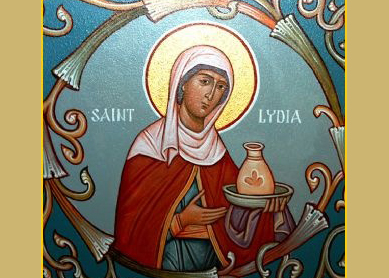Was Philippians 2:6-11 an early Christian hymn?
Scholars who interpret Phil 2:6-11 as an early Christian hymn point out that it contains a rich vocabulary, a number of poetic elements (e.g., parallelism, paradox, climax), and that, with only one or two small changes, it can stand alone as an independent composition. They also note that, although it speaks of Christ’s death and exaltation, it fails to mention his resurrection, a central theme in Paul’s letters (e.g.,
These are not insignificant observations, but they have not convinced everyone. In fact, a recent trend has been to argue along traditional lines that Paul wrote this “hymn” himself and that he did so precisely for his letter to the Philippians. In favor of this view is the fact that there are other passages in Paul’s letters, such as his famous ode to love in
What is Philippians 2:6-11 about?
But if Phil 2:6-11 was written by Paul and thus presumably tells his version of the Christ story, why does it make no reference to Christ’s resurrection? Part of the perceived problem here is the assumption that Paul told only one version of Christ’s story. It is true that Paul frequently plotted Christ’s story around the motifs of death and resurrection, a scheme he most likely inherited from Jewish martyr stories such as
changed form [morphēn] from that of a god to that of a man.” Paul uses identical language in Phil 2: “though he was in the form (morphēi) of God … he emptied himself, taking the form [morphēn] of a slave.” Language remarkably similar to Phil 2 can also be found in Jewish texts, such as the Life of Adam and Eve, where the archangel Satan descends to Eve “taking the form of an angel,” a story that Paul apparently knew: “for even Satan transforms himself into an angel” (
Bibliography
- Yarbro Collins, Adela. “Psalms, Philippians 2:6-11, and the Origins of Christology.” Biblical Interpretation 11 (2002): 261-72.
- Cover, Michael. “The Death of Tragedy: The Form of God in Euripides’ Bacchae and Paul’s Carmen Christi.” Harvard Theological Review 111 (2018): 66-89.
- Zeller, Dieter. “New Testament Christology in Its Hellenistic Reception.” New Testament Studies 47 (2001): 312-33.





